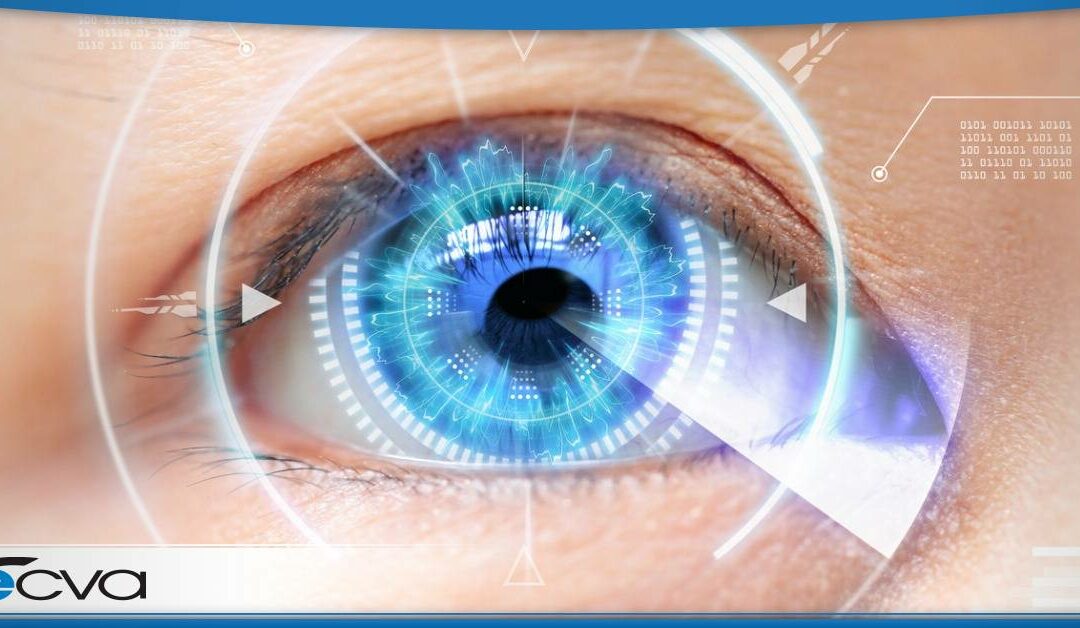
by ecvaeyeadminz | Sep 7, 2023 | Cataracts
Postoperative care plays a significant role in a successful cataract surgery recovery. By using the right approach, you can ensure the healing process goes as smoothly as possible. If you want to make sure that you’re on the best possible path, here are some...

by ecvaeyeadminz | Feb 3, 2023 | Cataracts
As you age, you’ll likely have cataract surgery. Cataract surgery in Buffalo is a routine surgery to restore vision in older patients suffering from the condition. According to one study, “Cataract extraction is the most prevalent surgical procedure of all medical...

by ecvaeyeadminz | Jun 24, 2022 | Cataracts
Cataracts can have a dramatic impact on your vision, causing cloudiness that harms visual acuity and alters the visual field. Typically, cataracts are a normal part of the aging process. Additionally, they’re reasonably easy to treat should the need arise. ...

by ecvaeyeadminz | Mar 25, 2022 | Cataracts, Eye Health
Cataracts are some of the most common eye ailments and affect millions of people all over the globe, especially older folks. For many years, cataracts were treated through traditional surgery, which involves making an incision in the cornea to remove the clouded lens....





